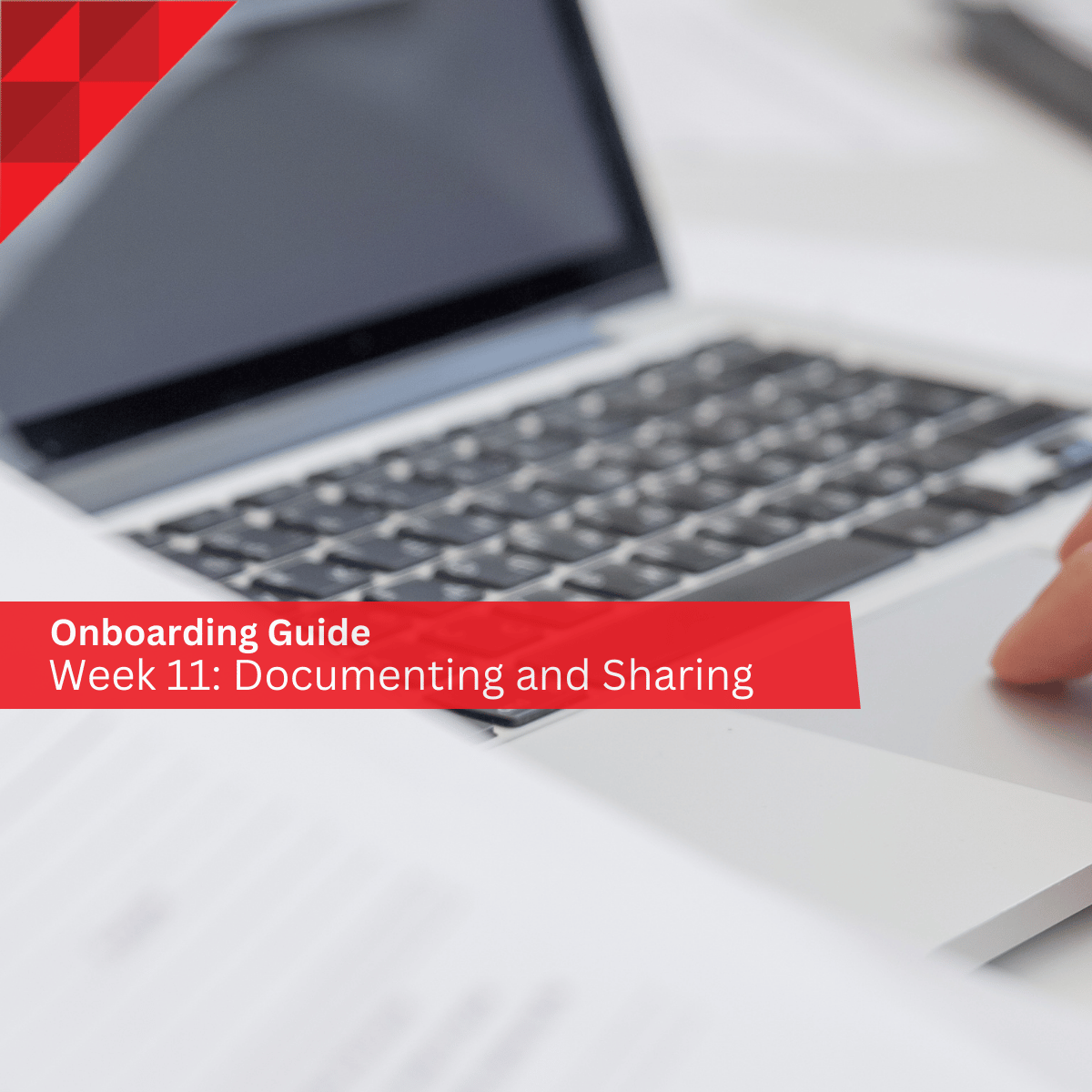Ideally you've made the changes and are ready for Google and Yahoo's new deliverability policies. If you're among the unfortunate marketers who didn't make these changes, here's what to do next...
Understanding the Importance of DMARC
DMARC is an email authentication protocol designed to protect email senders and recipients from phishing, spoofing, and other malicious activities. Google and Yahoo, being major email service providers, have taken a proactive approach to enhance email security by enforcing DMARC compliance. Failing to adhere to these standards can result in your business domain being added to a blocklist, negatively impacting your email deliverability and online reputation.
Step 1: Identify the Issue
Before taking corrective measures, it's essential to identify the specific reasons your business has been flagged and added to a blocklist. Google and Yahoo typically provide detailed information about the issues they've detected, such as SPF (Sender Policy Framework) and DKIM (DomainKeys Identified Mail) authentication failures. Analyze the notification messages from these providers to pinpoint the areas that require immediate attention.
Step 2: Implement DMARC Authentication
To comply with the new protocols, your business must implement a DMARC entry for your domain. This involves creating a DNS (Domain Name System) record specifying how your emails should be authenticated. The DMARC policy allows you to instruct email receivers (like Google and Yahoo) on how to handle unauthenticated messages, preventing cyber threats and phishing attempts. Consult your IT department or email service provider for assistance in generating and implementing a DMARC record that aligns with the providers' requirements.
Step 3: Gradual Enforcement
When implementing DMARC, it's crucial to approach it with caution. Consider starting with a "none" policy, which allows you to monitor and analyze email traffic without affecting the delivery of legitimate emails. Once you're confident that your legitimate emails are passing authentication checks, gradually increase the enforcement level to "quarantine" or "reject." This phased approach minimizes the risk of unintentionally blocking legitimate emails while ensuring a smooth transition to DMARC compliance.New Paragraph
Step 4: Monitor and Analyze Reports
Both Google and Yahoo provide feedback in the form of DMARC reports, detailing the authentication results for your sent emails. Regularly monitor these reports to identify any anomalies or issues that may arise. Analyzing these reports can help you fine-tune your DMARC policy and address any potential authentication failures promptly.
Step 5: Request a Review
If your business has already been added to a blocklist, both Google and Yahoo offer a process for review and resolution. Visit the respective postmaster pages for Google and Yahoo to find information on how to request a review. Provide detailed explanations of the corrective actions you've taken, including the implementation of DMARC, and any additional security measures you've put in place to prevent future issues.
Step 6: Engage with Support
Engaging with the support teams of Google and Yahoo can be beneficial during the recovery process. While they receive a large volume of requests, reaching out to their support channels and explaining the steps you've taken to address the authentication issues may expedite the review process. Be prepared to provide documentation and evidence of your commitment to email security.
Step 7: Look beyond DMARC in your Marketo instance
DMARC is one of the most noticeable requirements in the new email spam policies, but it certainly isn’t the only change required. Within Marketo you need to adapt changes to your email templates to ensure that you meet the one-click unsubscribe portion of the new email spam policy. If you don’t make this change, and a Gmail users reports your email as spam, you might end up in the same position as the marketers who fail to implement DMARC altogether.
Have a qualified Marketo administrator review your Email Templates and Operational programs to ensure that you meet the new Google and Yahoo spam requirements. If you’re unsure about whether you meet the right email requirements, you can
request a complimentary email deliverability review of your Marketo instance.
Conclusion
As digital marketers, adapting to evolving email authentication protocols is vital for maintaining a positive online presence. With Google and Yahoo implementing stringent DMARC requirements, businesses must prioritize compliance to avoid blocklists and ensure consistent communication with their audience. By understanding the issues, implementing DMARC authentication, and actively monitoring and resolving any authentication failures, businesses can successfully recover from blocklists and safeguard their online reputation in the ever-changing digital landscape.New Paragraph




